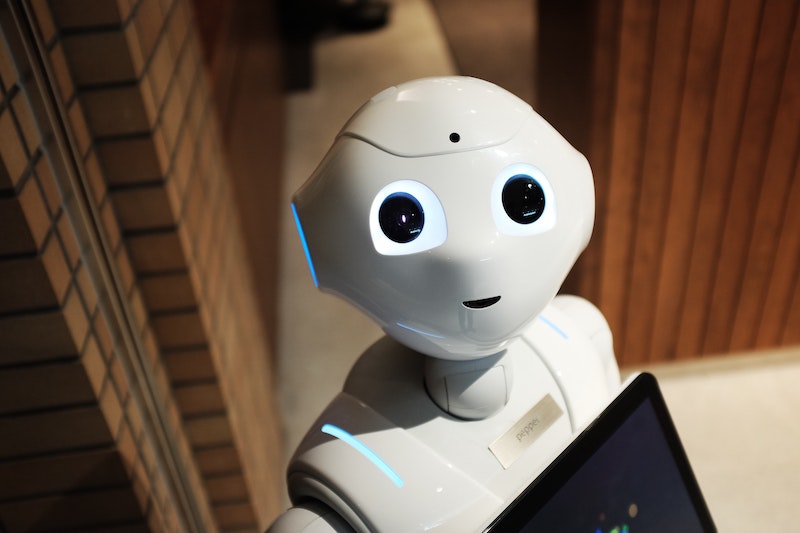
How Smartphones Are Transforming Robotics and Automation
The image of a clunky industrial robot lumbering through a factory floor is rapidly becoming a relic of the past. Today, a new breed strides onto the scene, empowered by the smartphone device we hold in our palms.
Smartphones are not the only products of wireless technology but are certainly the most ubiquitous. The constant demand for better, faster, and more feature-rich devices has turned them into compact powerhouses. They have transformed the way people communicate, interact, and shop.
However, they have gone far beyond being consumer products. They are revolutionizing robotics and automation, driving a transformation that ripples across industries and redefines our relationship with machines.
Smartphones as Brains
At the heart of this evolution lies the smartphone’s processing prowess. No longer mere communication tools, they pack miniature supercomputers capable of running complex algorithms and crunching vast amounts of data. This power is being harnessed to control robots with greater precision and flexibility.
Imagine a surgeon performing delicate procedures using a robotic arm guided by real-time feedback from a smartphone app analyzing tissue and nerve activity. In agriculture, drones equipped with smartphone-powered image recognition can autonomously scout fields, identify pests, and optimize irrigation.
Beyond the Button
This integration goes beyond simple remote control. Smartphones are becoming gateways for advanced sensory data analysis.
Imagine a construction site robot equipped with cameras and LiDAR sensors. The raw data captured by these sensors can be streamed to a smartphone. AI-powered algorithms can then instantly analyze the environment, detecting obstacles, optimizing movements, and ensuring safety.
This real-time feedback loop allows robots to adapt to dynamic situations, making them more innovative and versatile.
The Power of Connectivity
Reliable and accessible cellular connectivity plays a critical role in the transformation. The ability to connect and control robots remotely unlocks a world of possibilities.
For example, farmers in remote areas can monitor and manage their robotic greenhouses from miles away. Meanwhile, technicians can troubleshoot and repair robots deployed in hazardous environments without putting themselves at risk.
Crucially, none of this requires expensive data plans or long-term contracts. The availability of cell phones for sale without plans democratizes this technology, making it accessible to a broader range of businesses and individuals.
The Future Beckons
This smartphone-driven revolution is only just beginning. Innovation will only accelerate as 5G and future network technologies roll out. We can expect robots to learn and adapt in real-time, collaborating seamlessly with humans in diverse settings.
This interconnected ecosystem will usher in a new era of productivity and efficiency, transforming industries and opening up possibilities we can only imagine today.
However, this shift toward smarter robots raises essential questions about ethics, safety, and job displacement. We must ensure that this technology is used responsibly and sustainably, addressing concerns about data privacy and developing safeguards against potential misuse.
The future of robotics lies in technological advancements, responsible development, and equitable access.
Takeaway
The rise of the smartphone-powered robot is not just a technological marvel. It represents a shift in how we interact with machines. These connected, intelligent robots are poised to reshape industries, redefine workflows, and even challenge our understanding of what it means to be productive.
As we embrace this transformation, we must remember the true power of these machines. It lies not just in their capabilities but in how we choose to utilize them for the betterment of society. The future of robotics, like the smartphone itself, is one of endless possibilities waiting to be explored.


